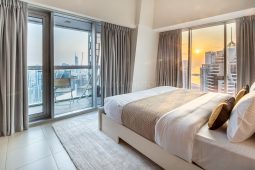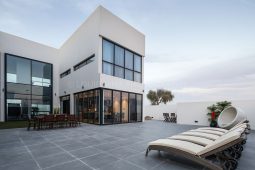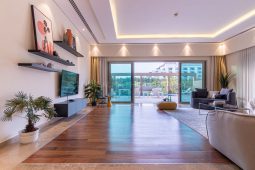Avani Hotels in Dubai Get the Ball Rolling Ahead of 2022 World Cup in Qatar
As football fans the world over are counting down to the start of FIFA World Cup in Qatar on 20 November 2022, Avani Palm View Hotel and Avani Ibn Battuta Hotel in Dubai have unveiled an action-packed programme of viewing activities and stay packages dedicated to the beautiful game.





